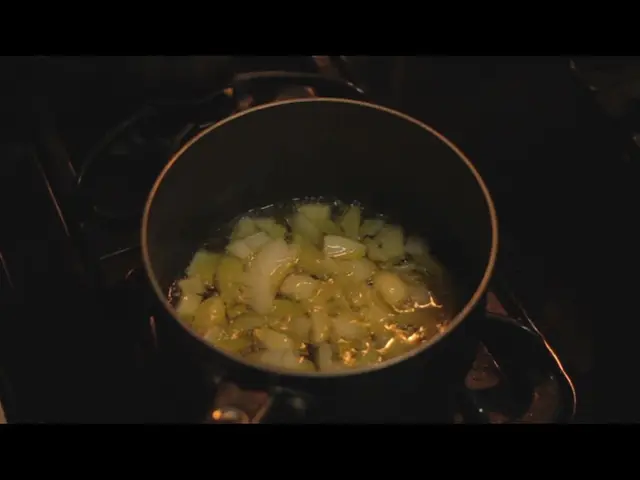Changing Brake Fluid: Here's What You Need to Know
Maintaining your car's brake system is crucial for ensuring safety on the road. One essential component of this system is the brake fluid, which plays a vital role in transmitting hydraulic pressure from the brake pedal to the wheel brakes.
Brake fluid is hygroscopic, meaning it absorbs moisture from the air. Over time, this absorbed moisture can lead to the formation of steam bubbles under high temperatures, potentially impairing braking performance and increasing the risk of accidents. To avoid this, it's a good idea to regularly check the fluid level under the hood.
Drivers should use a brake fluid tester to assess the condition of their brake fluid. This is essential for ensuring brake system safety, as degraded or contaminated brake fluid can have a significant impact on braking performance. There are several options available for brake fluid testers, such as the Ate FB 5e and the CCLife Brake Fluid Vacuum Pump.
When it comes to changing brake fluid, it's best to have it done by a professional garage due to the fluid's toxicity and corrosiveness. However, if you insist on doing it yourself, you should have technical understanding and manual dexterity. Careful work is essential. There are two methods for changing brake fluid: the vacuum method and the pressure method. The vacuum method involves vacuuming out the reservoir with a bleeder bottle, followed by adding new brake fluid. The pressure method, on the other hand, uses a pressure hose and a device that generates an overpressure.
There are different types of brake fluids classified according to the DOT standard: DOT 3, DOT 4, and DOT 5.1. DOT 4 is the standard for almost all modern vehicles. For demanding driving situations, Mannol 3005 DOT 5.1 brake fluid is developed. For older vehicles without DOT 4 approval, TRW DOT 3 brake fluid is an option.
It's important to note that brake fluid is hazardous waste and must be collected separately and disposed of by a certified waste disposal company. If water enters the closed system, the boiling point of the fluid decreases, so it's best to avoid getting water in the brake system.
High temperatures can occur at the brake, and the fluid must be able to withstand this and not evaporate. Ate SL.6 DOT 4 brake fluid offers high safety reserves against steam bubble formation and protects the brake system from corrosion. Liqui Moly DOT 4 brake fluid is designed to work in disc and drum brake systems.
If the brake warning light on the dashboard is on, the fluid level may be low, or the brake pads may be worn out. In the worst case, no brake pressure can be built up: the brake fails. To prevent this, it's essential to maintain your car's brake system and check the brake fluid regularly.
The BGS Air Brake Bleeder and the CCLife Air Brake Bleeder are tools that can help with changing brake fluid. They operate using compressed air and can hold up to one liter of brake fluid. The Autool Brake Fluid Bleeder offers a comprehensive package, including a collection bottle for the old brake fluid and three different adapters for the reservoir.
In conclusion, maintaining your car's brake fluid is essential for ensuring safety on the road. Regularly checking the fluid level, using a brake fluid tester, and changing the fluid when necessary can help prevent potential accidents and ensure the smooth operation of your car's braking system.
Read also:
- Catastrophe at a U.S. Steel facility in Pennsylvania results in the loss of two lives. crucial details unveiled
- Auto Industry Updates: Geotab, C2A, Deloitte, NOVOSENSE, Soracom, and Panasonic in Focus
- Liverpool unveils plans for expanding its electric fleet: intends to incorporate 50 new electric buses
- Republican Representative Buddy Carter from Georgia discusses solar energy, electric vehicles, and nuclear power.




